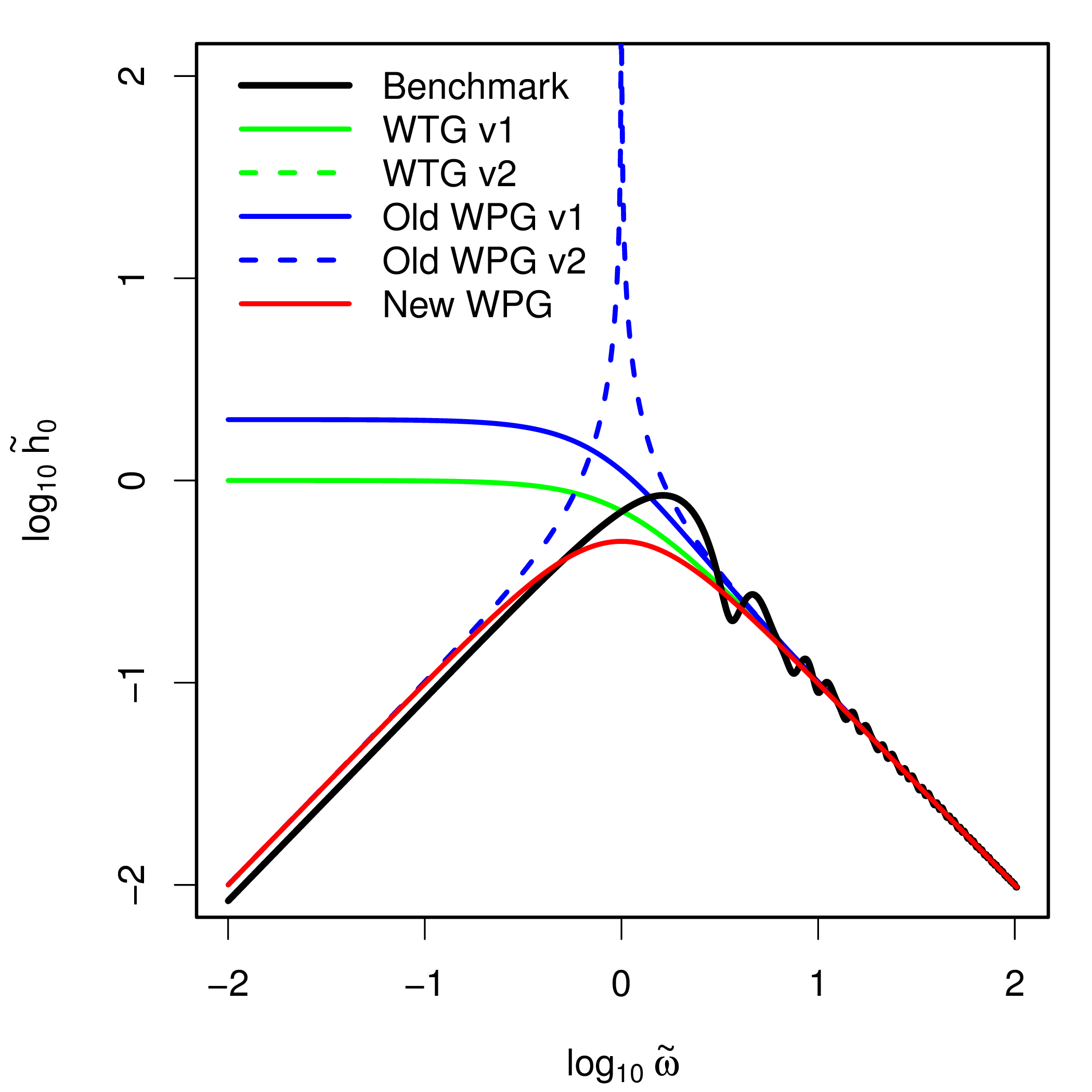Edman and Romps, An improved weak-pressure-gradient scheme for single-column modeling, JAS, 2014
Paper
Description
When evaluating global climate models (GCMs) or cloud-resolving models (CRMs) against observations, one approach is to run these models in a single-column mode. In this approach, either a small-domain CRM or an individual grid-point column of a GCM is used to simulate how clouds respond to the observed large-scale conditions; this approach is called single-column modeling. The advantage of such an approach is that it can cleanly identify errors in the parameterization of microphysics in a CRM or in the parameterization of convection in a GCM. In single-column modeling, however, a choice must be made about how to couple the CRM/GCM to the observed meteorological state. One approach, referred to as the weak-pressure-gradient approximation (WPG), has been used sporadically for decades, and has seen an increase in use within the past few years.
Aside from its practical use, WPG -- like the related WTG scheme -- serves to encapsulate our state of knowledge about how convection and the large-scale environment interact dynamically. This makes WPG interesting from a theoretical perspective, as well as from a practical one. In this study, we show that WPG suffers from a gravity-wave resonance that is undesirable for single-column modeling, and we present a new WPG scheme that does not have this resonance. The performance of this new scheme is evaluated in a system of shallow-water equations, and an extension to a continuously stratified atmosphere is proposed.
In the invisid shallow-water equations, we can add a sinusoidal mass source to a confined region and plot the amplitude (h0) of the response as a function of the forcing frequency (omega). The black line gives the analytical solution, while the other curves give the results of various WTG and WPG schemes. Note that the new WPG scheme, given by the red curve, closely matches the benchmark solution.
